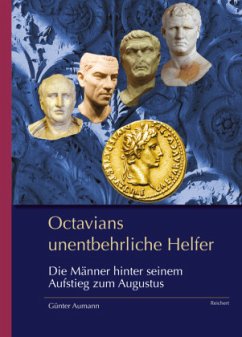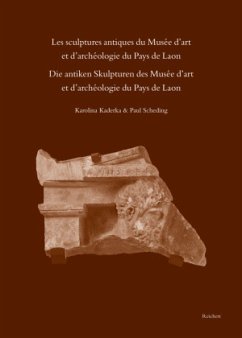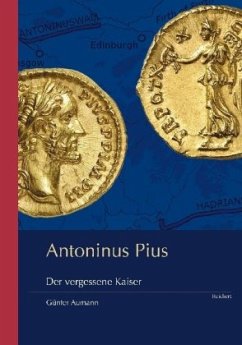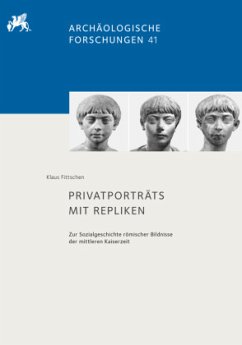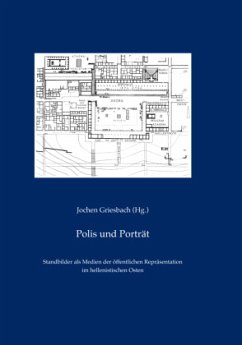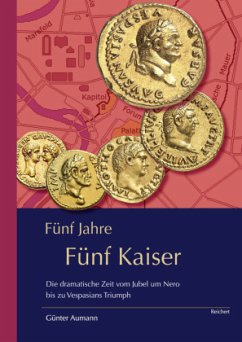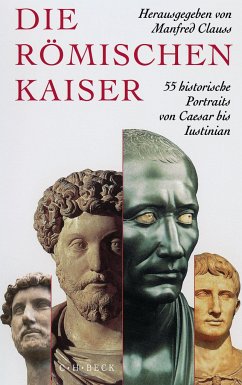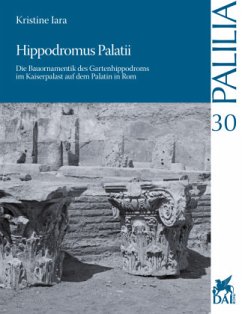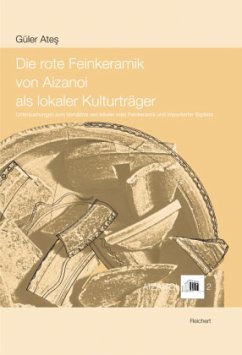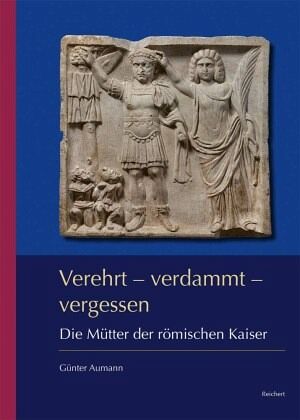
Verehrt - verdammt - vergessen
Die Mütter der römischen Kaiser
Versandkostenfrei!
Versandfertig in 2-4 Wochen
24,90 €
inkl. MwSt.

PAYBACK Punkte
0 °P sammeln!
This book, aimed at a broad audience, deals with the mothers of the Roman emperors from Augustus to the division of the Imperium Romanum after the death of Theodosius I in 395. 66 emperors reigned during this period. However, only 15 of their mothers are outlined in the sources. A section of this book is dedicated to their often difficult lives (only eight died of natural causes, three committed suicide or were driven to suicide, four were murdered). The sparse data on the others is summarised at the beginning of each chapter and in the chapter on the mothers of the so-called soldier emperors....
This book, aimed at a broad audience, deals with the mothers of the Roman emperors from Augustus to the division of the Imperium Romanum after the death of Theodosius I in 395. 66 emperors reigned during this period. However, only 15 of their mothers are outlined in the sources. A section of this book is dedicated to their often difficult lives (only eight died of natural causes, three committed suicide or were driven to suicide, four were murdered). The sparse data on the others is summarised at the beginning of each chapter and in the chapter on the mothers of the so-called soldier emperors.
Roman law excluded women from all state and public offices. Only a few emperor's mothers attempted to cross this boundary, such as the elder Agrippina, who entered the military sphere, or her daughter, who even reached for power. But others also achieved considerable influence, such as Livia, the wife of Augustus, or women in the era of the Severan rulers. The increasing dominance of theChristian church, in which women were only expected to fulfil serving functions and works of piety, brought this development to a halt in the fourth century.
Unfortunately, the literary sources provide almost only statements about the emperor's mothers; there are hardly any statements by them. In addition, quite a few ancient authors (there were no female authors) had problems with self-confident or even ambitious women, even believing them capable of any misdeed. For this reason, the author draws on numismatic and epigraphic sources in addition to the literary sources, which he uses intensively and scrutinises critically.
Numerous illustrations familiarise the reader with the people in question, while several genealogical tables make it easier to gain an overview.
Roman law excluded women from all state and public offices. Only a few emperor's mothers attempted to cross this boundary, such as the elder Agrippina, who entered the military sphere, or her daughter, who even reached for power. But others also achieved considerable influence, such as Livia, the wife of Augustus, or women in the era of the Severan rulers. The increasing dominance of theChristian church, in which women were only expected to fulfil serving functions and works of piety, brought this development to a halt in the fourth century.
Unfortunately, the literary sources provide almost only statements about the emperor's mothers; there are hardly any statements by them. In addition, quite a few ancient authors (there were no female authors) had problems with self-confident or even ambitious women, even believing them capable of any misdeed. For this reason, the author draws on numismatic and epigraphic sources in addition to the literary sources, which he uses intensively and scrutinises critically.
Numerous illustrations familiarise the reader with the people in question, while several genealogical tables make it easier to gain an overview.
Dieser Artikel kann nur an eine deutsche Lieferadresse ausgeliefert werden.



